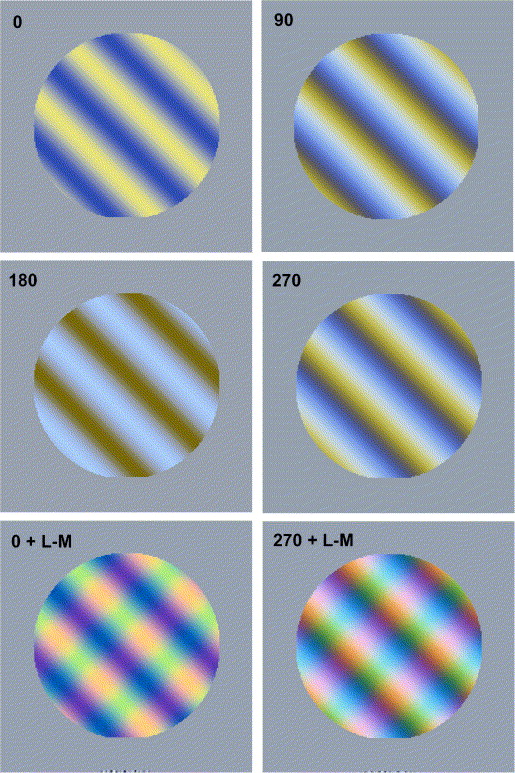
Chromostereopsis: Grasping a Distinct Visual Phenomenon
Chromostereopsis is an intriguing visual phenomenon in which various colors, especially those at opposite ends of the light spectrum like red and blue, seem to exist at different depths although they belong to a static image. The intense perception of depth arises because these colors engage differently on the retina, crafting an illusion that may be highly impactful for some individuals while others might experience it with considerably less intensity.
This phenomenon, referred to as chromostereopsis, can be amplified under particular circumstances such as observing the image in low light, boosting screen brightness, or even blinking swiftly. The illusion depends on binocular vision, which means that both eyes must be used to perceive the depth. This can be simply demonstrated by closing one eye, which generally results in the disappearance of the perceived depth.
Curiously, chromostereopsis shows significant variation among people. While numerous individuals perceive red as being nearer and blue as more distant, others experience the reverse. This variation in perception underscores the complexity and inconsistency of human vision. The effect also carries importance in art and design, having been intuitively employed by artists throughout history, whether in stained glass creations or contemporary media. The depth illusion provided by chromostereopsis not only enhances visual experiences but also acts as a reminder of the sophisticated functioning of our visual perception system.